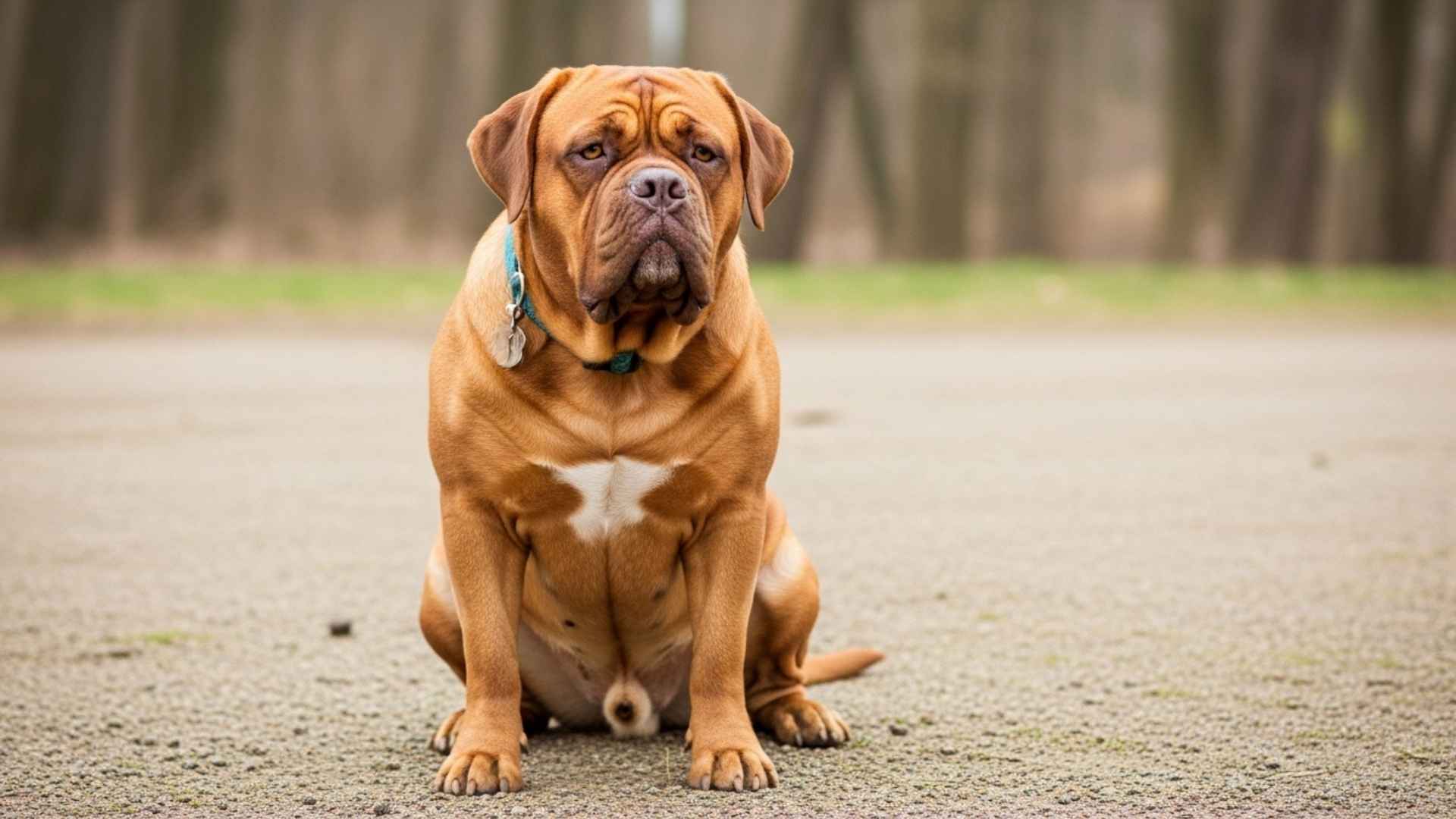Choosing the right dog is a big decision, especially when considering their average lifespan and potential health issues. Some dogs, particularly large breeds, tend to have a shorter lifespan, which can be influenced by genetics, metabolism, and breed-specific health problems.
According to PubMed, studies show that giant breeds typically live around 9–10 years, while smaller dogs often reach 13 years or more. Understanding these differences helps prospective owners make informed choices when choosing the right dog for their family.
Being aware of care requirements, joint issues, heart problems, and other potential health concerns is crucial for ensuring a healthy life for your furry friend. Proper exercise, mental stimulation, and regular veterinary care can significantly improve their well-being.
In this article, we explore certain breeds with shorter lifespans, highlighting their needs and what to consider to provide a long, happy life for your beloved companion.
Prominent Dog Breeds to Avoid with Short Lifespans
1. Dogue de Bordeaux

The Dogue de Bordeaux is a massive and devoted companion, admired for its loyalty and protective nature.
Historically, the Dogue de Bordeaux was mainly used as a working dog, fulfilling roles such as guarding estates, protecting livestock, and even assisting in hunting large game. Unfortunately, their large size is closely linked to a shorter lifespan; their average life expectancy is typically around 5 to 8 years.
Health Concerns and Lifespan Factors
This breed has a broad, slightly shortened muzzle, which can lead to mild breathing difficulties during heat or heavy exercise, as per PetMD.
They are also prone to hip dysplasia, elbow dysplasia, bloat (gastric dilatation-volvulus), and footpad hyperkeratosis. Responsible pet owners should monitor these conditions closely and consult a veterinarian for management.
Care Requirements
Maintain a healthy weight to reduce stress on joints.
Provide low- to moderate-impact exercise to protect mobility.
Watch for breathing difficulties, especially in hot weather.
Regularly soak and treat footpad hyperkeratosis if present.
Schedule consistent veterinary checkups, including orthopedic and cardiac evaluations.
Owning a large dog like Dogue de Bordeaux is rewarding, but their shorter lifespan and breed-specific health risks require careful care and attention.
2. Irish Wolfhound

Irish Wolfhounds are gentle giants with a dignified appearance and a long, fascinating history. Despite their majestic presence, their large size contributes to a short lifespan of just 6 to 8 years, making it important for potential owners to understand their needs.
Health Concerns and Lifespan Factors
This breed is prone to several serious conditions, including bloat, osteosarcoma (bone cancer), hip and elbow dysplasia, and dilated cardiomyopathy. Their history as hunting dogs also gives them a strong prey drive, which requires careful management.
Care Requirements
Provide low-intensity exercise to protect joints.
Offer a balanced dog food and consider omega-3 supplements for joint and heart health.
Monitor closely for signs of bloat or gastric torsion and seek immediate veterinary care if symptoms appear.
Schedule regular veterinary checkups.
Early socialization and obedience training help manage behavior and prey instincts.
Caring for an Irish Wolfhound is deeply rewarding, but their short lifespan and specific health risks mean owners must provide thoughtful, proactive care.
3. Mastiff
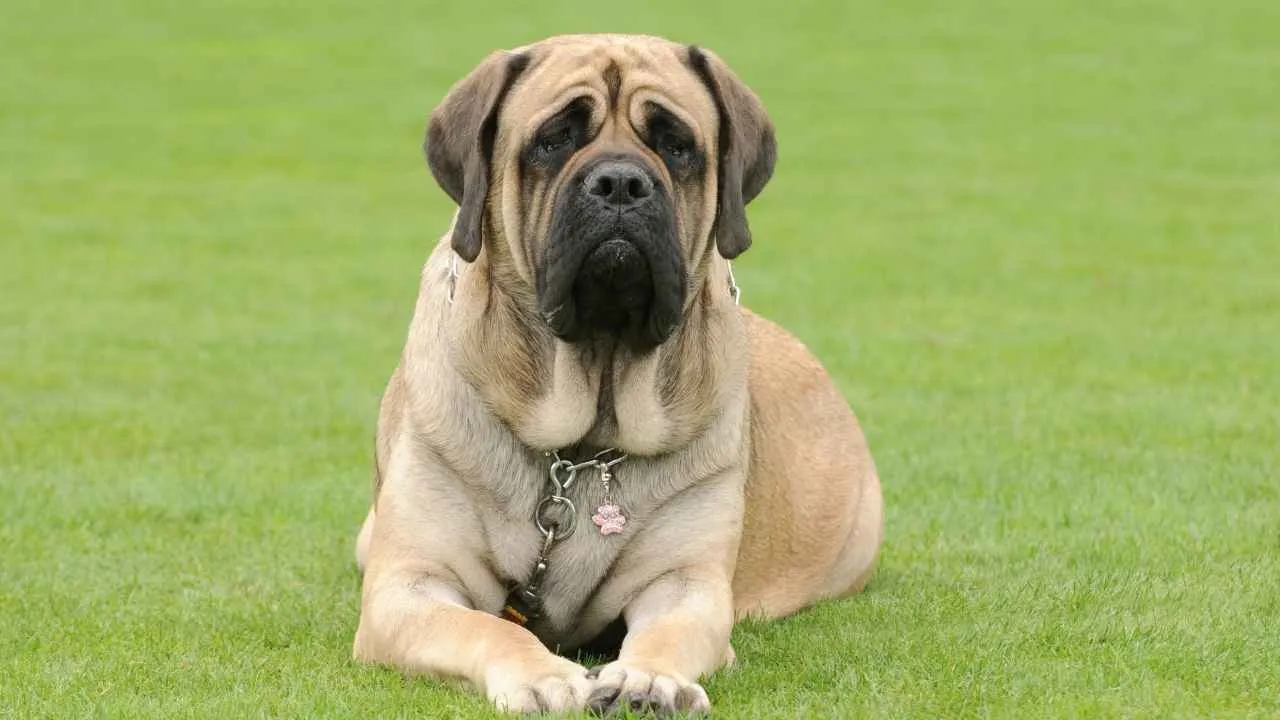
Mastiffs are gentle giants known for their calm and gentle nature. These strong, loving dogs belong to the working group and can be wonderful companions.
Their large size means they require special attention and space, both indoors and outdoors. Mastiffs typically live between six and ten years, which is shorter than many smaller breeds, according to WebMD.
Health Concerns and Lifespan Factors
They are prone to several serious health issues, including heart disease, hip dysplasia, eye problems, bloat, and Von Willebrand disease, a genetic blood disorder.
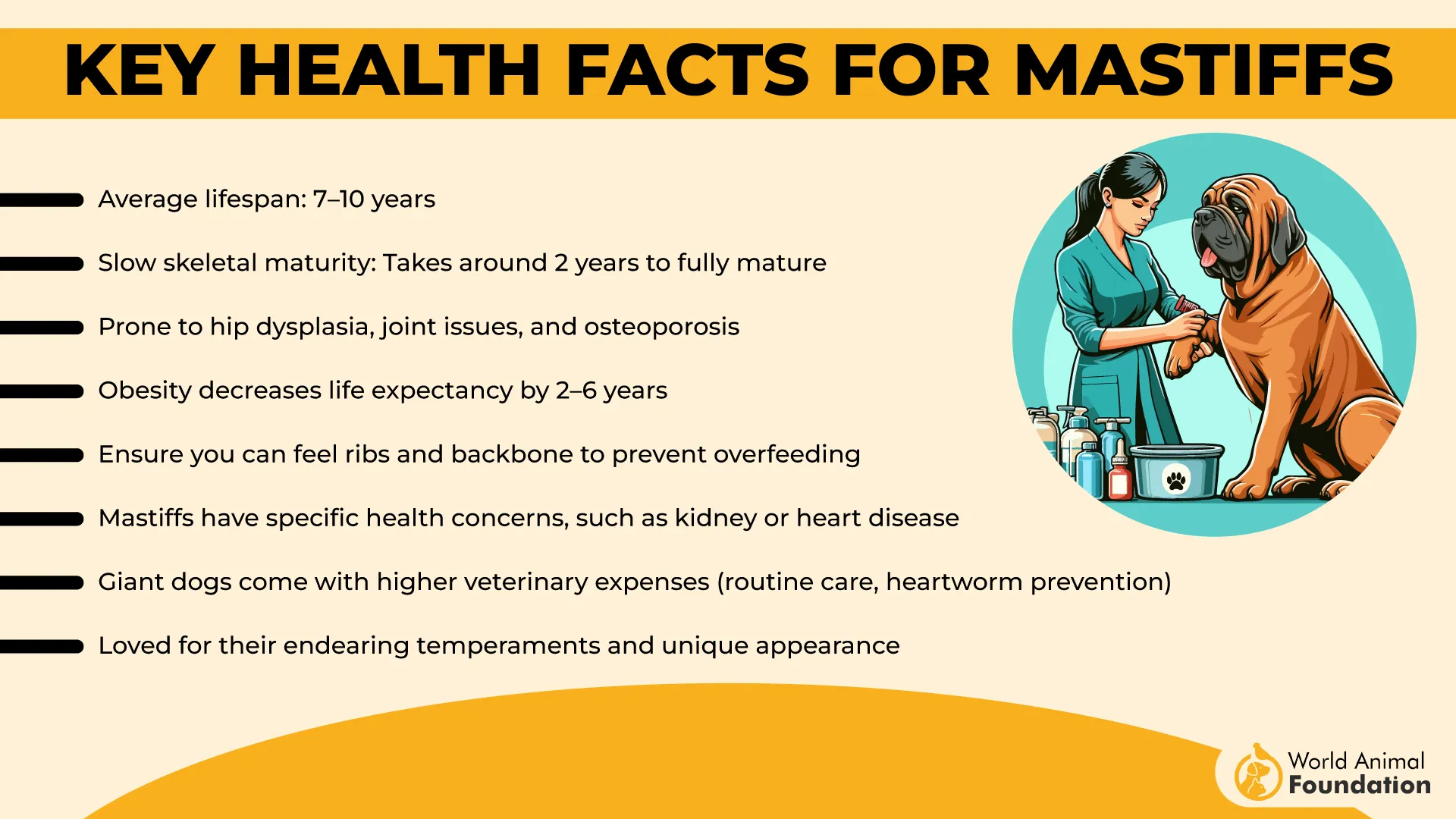
Regular monitoring and early intervention are essential to managing these conditions.
Care Requirements
Control their diet and provide a nutritionally balanced diet, especially during the first two years of growth.
Limit activities like long walks, jumping, or running up and down stairs to protect developing joints.
Allow them to roam and play safely around the house or yard for mental and physical stimulation.
Provide low- to moderate-impact exercise to maintain a healthy weight and protect joints.
Schedule regular veterinary checkups to monitor the heart, joints, and eyes, and watch for signs of bloat.
Mastiffs are excellent companions, but their shorter lifespan and specific health problems require attentive care and preparation to ensure a safe and happy life.
4. Saint Bernard

Known as one of the most gentle and loyal giant breeds, Saint Bernards are remarkable family companions. Their calm and affectionate nature makes them great with children, but their enormous size comes with unique care challenges that owners must be ready to manage.
Health Concerns and Lifespan Factors
Saint Bernards generally live around 8 to 10 years, shorter than many smaller breeds. They are prone to hip and elbow dysplasia, heart problems, bloat, and joint issues, all of which are closely related to their size and require proactive attention as per PDSA.
Care Requirements
Provide daily exercise, including walks, playtime, and mental stimulation, adjusting for joint health if necessary.
Use positive, reward-based training to prevent bad habits and teach proper manners.
Brush their thick coat at least three times a week to control shedding and maintain skin health.
Clean their eyes and facial folds regularly to prevent irritation or infection.
Monitor treats carefully; they should not exceed 10% of daily calories to maintain a balanced diet.
Schedule regular veterinary checkups to monitor overall well-being.
Saint Bernards bring warmth and companionship, but their shorter lifespan and breed-specific health risks demand consistent care and attention.
5. Bullmastiff
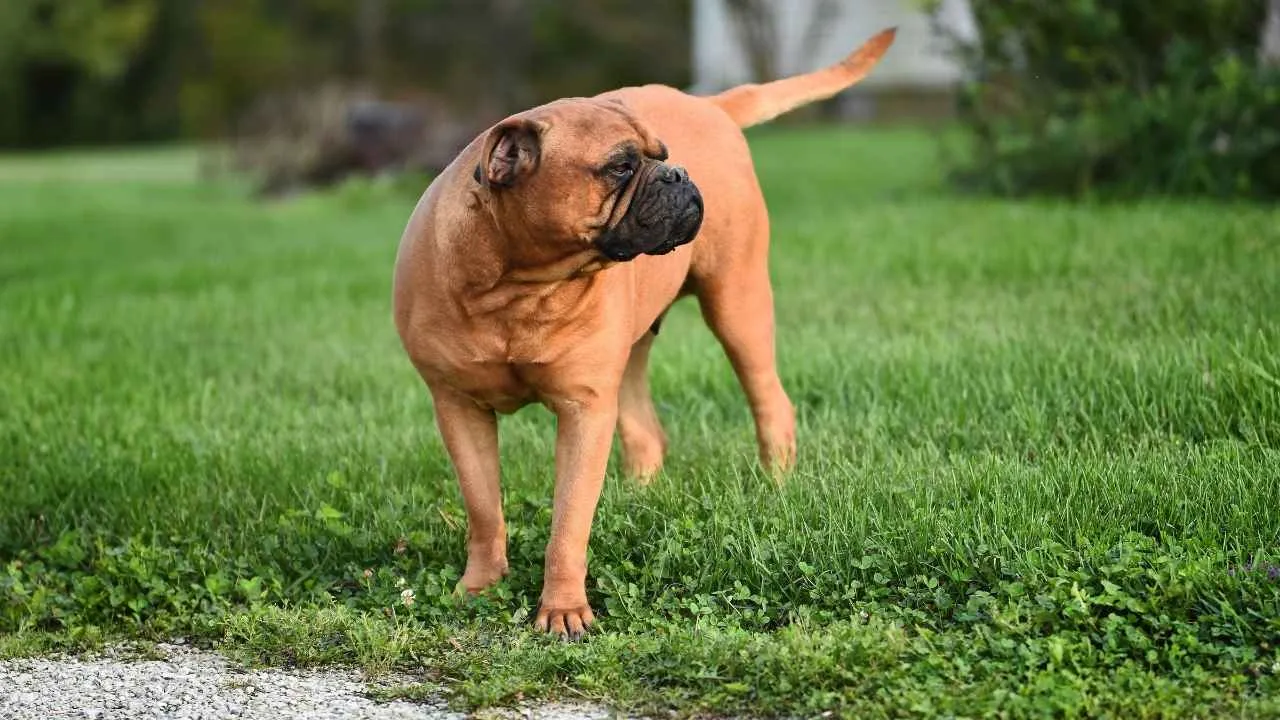
Bullmastiffs are gentle and affectionate with family members, known for their calm and easy-going temperament. Their loyalty and protective instincts make them excellent companions, but they can be wary of strangers and require proper socialization, as per Hill’s Pet.
Health Concerns and Lifespan Factors
Bullmastiffs have a shorter lifespan compared to smaller breeds, generally living around 7-9 years. They are prone to hip and elbow dysplasia, heart problems, bloat, and cancer, all of which are linked to their large size and genetics. Early monitoring and preventive care can help manage these risks.
Care Requirements
Begin socialization early to expose your dog to new people, animals, and environments.
Use consistent, positive training to manage independent thinking and maintain good behavior.
Monitor exercise to protect joints, providing low- to moderate-impact activity.
Groom minimally; their short coat sheds little, but regular brushing helps maintain skin health.
Prepare for drooling and snoring; using a bib can help during mealtime.
Schedule regular veterinary checkups for joints, heart, and overall health.
Bullmastiffs are rewarding and loyal companions, but their shorter lifespan and breed-specific health risks require careful attention, socialization, and preventive care to ensure a safe and happy life.
6. Great Dane

Great Danes are gentle giants with a noble history as guardians. Known as the “Apollo of dogs,” they are the tallest and among the largest breeds in existence. Despite their imposing size, they are affectionate and enjoy family life.
Health Concerns and Lifespan Factors
Due to their massive size, Great Danes have a shorter lifespan of about seven to ten years. They are prone to serious health issues, including bloat, hip dysplasia, Wobbler syndrome, degenerative myelopathy, and Happy Tail Syndrome. Early veterinary care, proper diet, and preventive measures are crucial to manage these risks.
Care Requirements
Feed a high-quality, large-breed puppy diet until 18 months to moderate growth and reduce the risk of hip dysplasia and Wobbler syndrome.
Provide moderate, low-impact exercise to protect joints and back, adjusting as the dog ages.
Maintain a healthy weight to reduce stress on joints and spine.
Schedule regular veterinary checkups to monitor overall health.
Be aware of bloat risks; discuss preventive procedures like gastropexy with your veterinarian.
Great Danes are loving companions, but their shorter lifespan and breed-specific health challenges require careful diet management, preventive care, and ongoing attention to ensure a healthy and happy life.
7. Bernese Mountain Dog
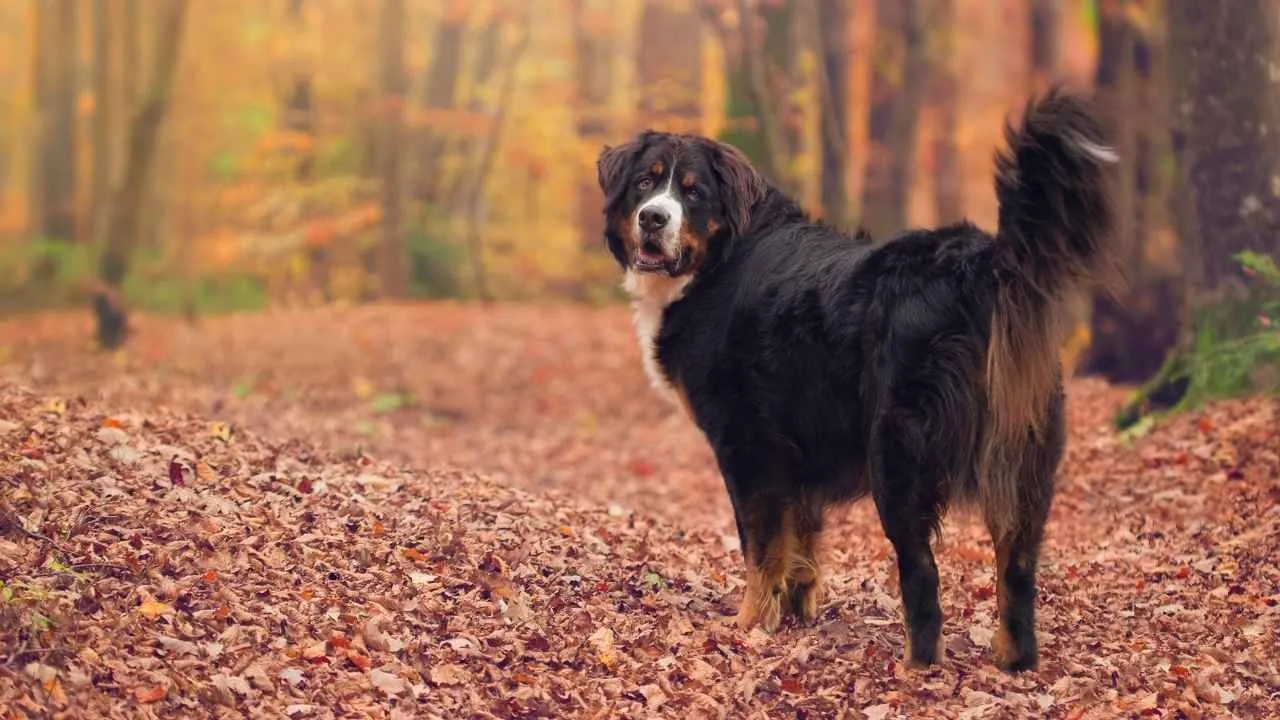
Bernese Mountain Dogs are large, gentle companions originally from Switzerland, where they worked as farm dogs. Today, they are mostly family pets, valued for their affectionate nature, calm temperament, and loyalty.
Health Concerns and Lifespan Factors
The Bernese Mountain Dog has a shorter lifespan for a large breed, typically 7–10 years. They are generally healthy but are prone to hip dysplasia, elbow dysplasia, bloat, and several cancers, including histiocytic sarcoma. Regular monitoring and preventive care can help manage these risks.
Care Requirements
Feed a balanced diet and monitor weight to prevent joint stress and support overall health.
Schedule regular veterinary checkups to detect early signs of illness.
Provide moderate exercise while avoiding overexertion, particularly in puppies, to protect developing joints.
Be vigilant about signs of cancer, such as unexplained weight loss, and seek immediate veterinary care.
Surgery, chemotherapy, or radiation may be required depending on the severity of certain conditions.
Bernese Mountain Dogs are great companions, but their shorter lifespan and predisposition to specific health issues require attentive care, preventive measures, and regular veterinary support.
Conclusion
Large breeds like the Dogue de Bordeaux, Irish Wolfhound, Mastiff, Saint Bernard, Bullmastiff, Great Dane, and Bernese Mountain Dog offer loyalty and love but have shorter lifespans and breed-specific health concerns.
Proper care, training, balanced nutrition, and regular veterinary checkups can help maximize their well-being. Though their time may be limited, the joy and companionship they bring are priceless.


